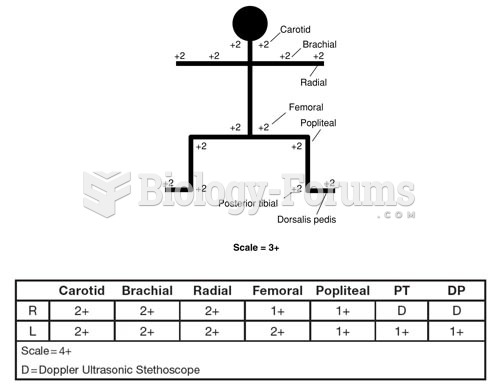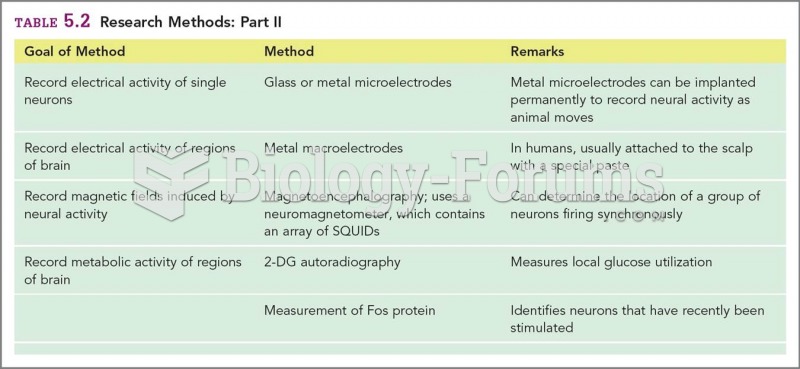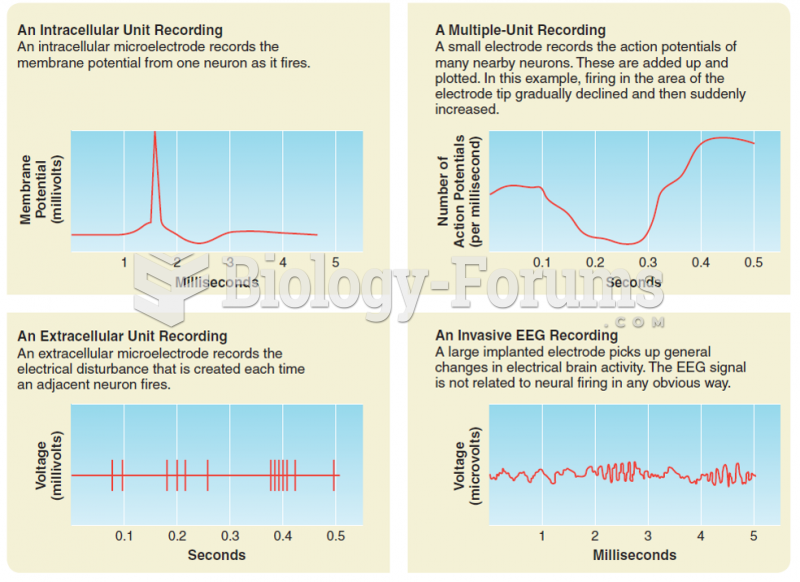Answer to Question 1
In the whole-report procedure, participants report every symbol they have seen. In the partial-report procedure, participants need to report only part of what they see. Sperling used performance on these tasks to estimate the size and duration of the iconic store.
Answer to Question 2
Baddeley originally suggested that working memory comprises five elements: the visuospatial sketchpad, the phonological loop, the central executive, subsidiary slave systems, and the episodic buffer. The first element, the visuospatial sketchpad, briefly holds some visual images, as when you picture the way your best friend looks or when you work on a puzzle. It contains both spatial and visual information, but some evidence indicates that actually two separate mechanisms within the visuospatial sketchpad deal with spatial and visual information. Information in the visuospatial sketchpad decays rapidly.'
The second element of working memory, the phonological loop, briefly stores mainly verbal information for verbal comprehension and for acoustic rehearsal. We use the phonological loop for a number of everyday tasks, including sounding out new and difficult words and solving word problems. This loop has two critical components: One component is phonological storage, which holds information in memory. Because trace decay (i.e., the fading of information in memory) occurs so quickly, we can store only about 2 seconds worth of speech-based information. The other component of the phonological loop is subvocal rehearsal, which holds information by nonverbally practicing it.
The third element of working memory is a central executive, which allocates attention within working memory. The central executive decides how to divide attention between two or more tasks that need to be done at the same time, or how to switch attention back and forth between multiple tasks.
The fourth element is a number of other subsidiary slave systems that perform other cognitive or perceptual tasks.
The fifth element is the epi- sodic buffer. A late addition to the working-memory model, it explains how we integrate information in working memory, long-term memory, the visuospatial sketchpad, and the phonological loop. This buffer allows us to solve problems and reevaluate previous experiences with more recent knowledge. The episodic buffer remains a rough concept, however, about which much still remains unknown







